In this post, you can learn how to do Options Trading in India, but before that, let us understand What is Options Trading in India.
Table of Contents
What is Options Trading in India?
Options trading is a form of trading that allows investors to buy or sell stock or Index. In options trading, you are not obligated to purchase or sell the options at a predetermined price.
This overall scenario is done in the options market. Options trading is also called derivative trading. In this article, you can know how to trade options in India with examples.
American Vs European Style Options
European and American style options have a lot of common things, but their variations are essential, so it’s necessary to know which style is applied to the trade.
European Style Options:
In European style, investors can exercise their options only at the expiry date. Usually, European options are traded across the OTC (Over the Counter).
American Style Options:
In the American style, investors can exercise their options at any time before the expiry date. Usually, American options are traded on the market.
Options Trading Example
Vinay is planning to buy a resort of Rs 50 Lakhs from Praveen on the city outskirts. There is a chance of multiplexes coming there in the next 6 months, which can increase the property value up to 80 lakhs.
But if the scenario won’t happen due to pandemic and the resort price may come down to Rs 40 lakhs.
Vinay wants to purchase the resort and doesn’t want to pay more. In this situation, Praveen gives an option, and if Vinay wants to purchase the resort at Rs 50 lakhs, he has to pay a premium amount of Rs 5 Lakhs for six months period.
Here a contract is going to happen between Vinay and Praveen. Vinay may purchase the resort or may not purchase the resort within the 6 months period, and Praveen made a contract to sell the resort only to Vinay.
In the next 6 months, if the multiplex comes and the resort price hike to Rs 75lakhs, then Vinay can buy the property and can enjoy the profits. If the resort does not start and the resort price is decreased to Rs 40 lakhs, Vinay will not buy that resort, and additionally, he will lose his premium amount.
In the above example
- Vinay is a buyer,
- Praveen is seller
- The strike price is 80 lakhs ( According to the strike price premium changes)
- The spot price is 50 Lakhs ( If the spot price is near to strike price, then the premium value increases, and if the spot price is not near to strike price, the premium value decreases.
- In option trading, you can buy assets like stocks, commodities, indices, etc.
What is a Call Option?
Call option is a contract that gives the buyer the right but not obligation to buy underlying at a fixed price called strike price within a period of time called expiry by paying a certain amount called premium.
Call option is bought when you have a bullish view and feel price is going to go up
Call option is profitable when the market price goes above strike price+premium paid. The value of the call option increases when the stock price increases and call option decreases in value when the stock price decreases.
So, you can easily buy a Call Option when you assume a stock to rise higher.
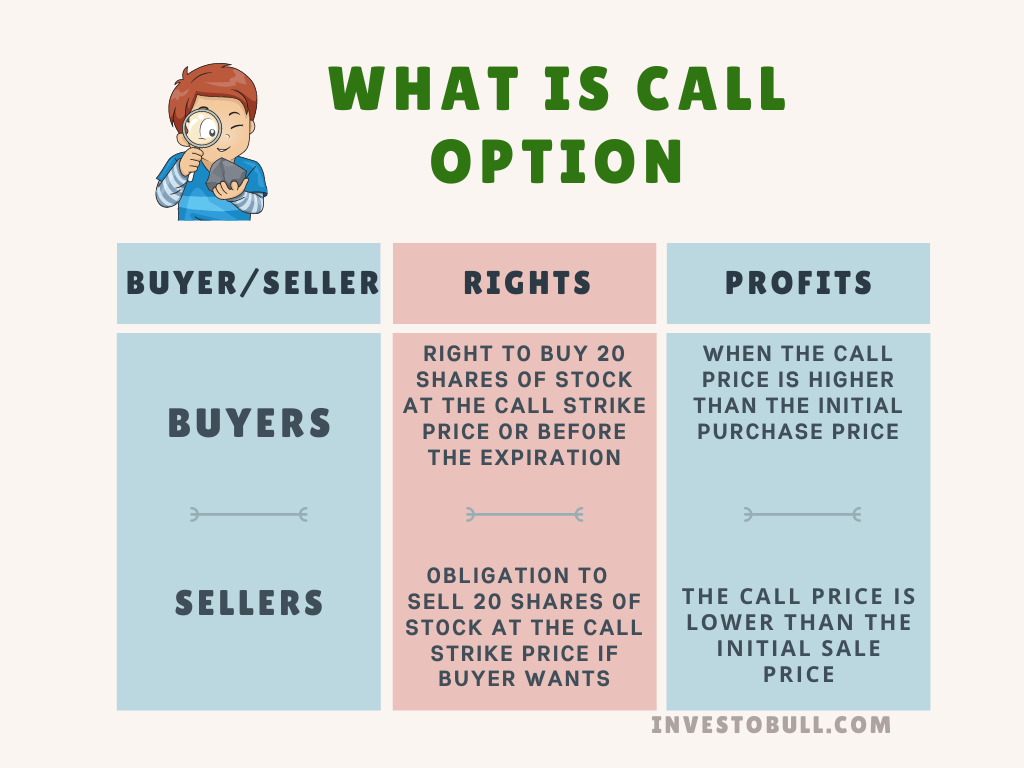
What is a Put Option?
Put option is an options contract that gives the investor the right to sell underlying at a fixed price called strike price within a period of time called expiry.
Put option is bought when you have a bearish view and feel the price is going to go down.
The value of the put option increases when the stock price decreases and put option decreases in value when the stock price increases.
So, you can easily buy a put option when you assume the stock price will fall. Thus options trading allows you to make money in declining markets also.
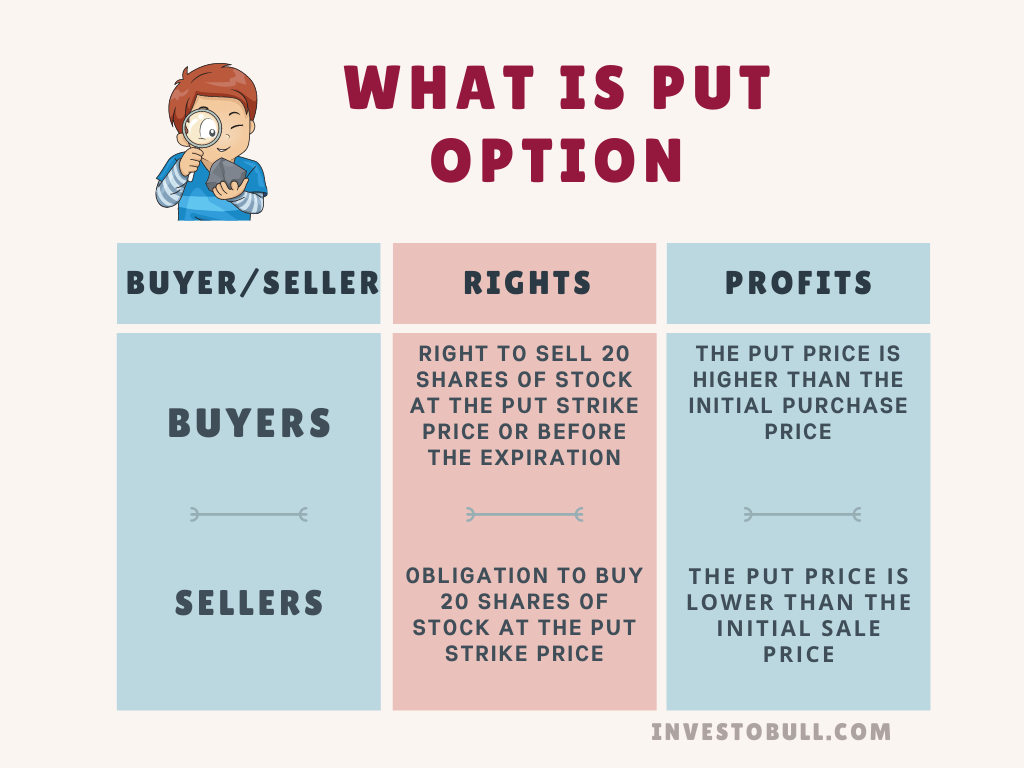
Terms used in Options Trading
Here are the terms used in Options Trading.
Expiry date: At the Expiry date, the options contract will end. It’s the scheduled date for buyers to do something with the contract. Usually, in the Indian Stock Market, the option contract will expire on the last Thursday of every month.
Strike price: It is the price at which you can trade the stock to exercise the option contract.
Premium: It is the amount you pay for an option. The premium amount is non-refundable.
Lot Size: The lot size describes the total number of option contracts carried in one asset. It refers to the size of the trade that you get in the stock market.
Intrinsic Value:
- The built-in value of option
- Only increases or decreases when the stock market increases or decreases
- It is not affected by the time to expiration
Time Value:
- Time value is the premium
- Time value is the part of the option price that disappears with time
- It goes down the closer you get to expiration
Premium = Time value + Intrinsic value
Time Value = Premium – intrinsic value
Note: time value is maximum at the start of the contract and time value is zero at expiry
Types of Options Trading Strategies
It is very important to know that an option is a contract that enables you to buy a security at a particular price in the future.
Here are a few Options Trading strategies
Long Call Option (Bullish View) –
Long call options provide the investor an opportunity to buy the underlying stock at a determined price called the strike price. Here buyers have limited risk and may expect unlimited profits over a period of time.
Long Put Option (Bearish View) –
Long put options provide the investor an opportunity to sell the underlying stock at a determined price. Here sellers will think the stock price will decrease over a period of time.
Short Call Options (Bearish View) –
The short call is also called a naked call. It consists of Selling a call without holding a position in the underlying stocks. It is better to avoid options for new users. It has unlimited risk, and they will get a premium amount.
Short Put Options (Bullish View) –
In short put options, the stock will increase or stay at the same level till the option expires. Short put options have unlimited risk, but they will get a premium amount, which cannot be refunded to the buyer.
How much capital is needed to start option trading
The minimum amount you need for purchasing an Option contract would be the premium. Options can buy only in lots; the lot size changes for every stock.
There may be many shares in a lot, but you have to pay a premium amount. While selling Options, you have to maintain the margin amount in your account. The stock exchange and stockbroker decide the margin amount.
Let us take an example of tata motors 180 call @ 2rs with 5000 lot size means u need 2*5000=10,000rs to buy
But to sell same TATA motors call of 180 strike price @ 2rs you need high margin
How to Trade in Options
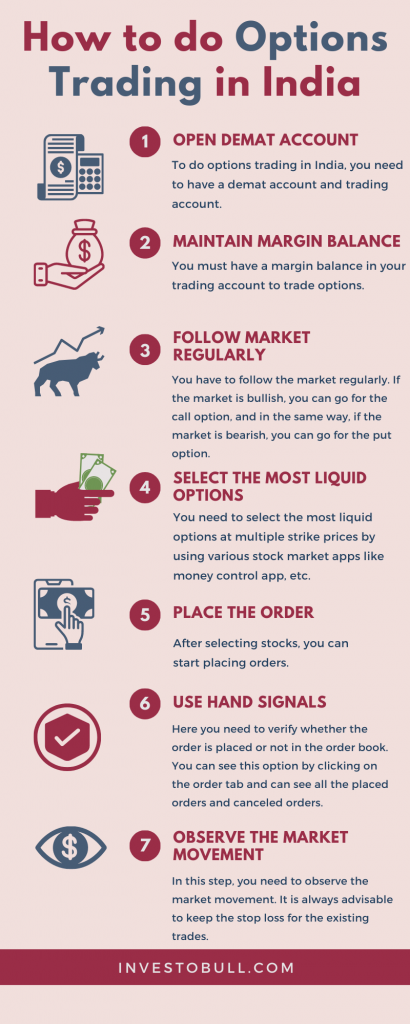
Most people get confused on how to trade in Options, so here is the step to step guide for you on Options trading.
Step 1: Open Demat Account
To do options trading in India, you need to have a demat account and trading account. There are currently many stock brokers in India who can provide depositary services. Here are the list of top brokers in india.
- Zerodha Demat Account
- Upstox Demat Account
- Angel Broking Demat Account
- Stoxkart Demat Account
- SBI Demat Account
If you have not opened the demat account till now, click on the below links to find the complete account opening process.
Step 2: Maintain Margin Balance
You must have a margin balance in your trading account to trade options. The margin amount changes according to the investor’s position. Here buyers have to pay a premium amount to trade options.
Step 3: Follow Market Regularly
You have to follow the market regularly. If the market is bullish, you can go for the call option, and in the same way, if the market is bearish, you can go for the put option.
The call option allows you to buy the security before expiry, and the put option allows you to sell the security before expiry. Usually, options can be expired by the last Thursday of every month.
Step 4: Select the most liquid options
You need to select the most liquid options at multiple strike prices by using various stock market apps like money control app, etc.
After selling stocks, you need to create a watchlist and start tracking your watchlist. Investors can start buying stocks in both NSE and BSE. You need to follow the stock performance regularly.
Step 5: Place the order
After selecting stocks, you can start placing orders.
Here you can start buying options in 2 ways
- Market Order – Here, you start purchasing the shares at the current price
- Limit Order – Here, you can fix the price you want to buy the shares
Step 6: Verify the order placed
Here you need to verify whether the order is placed or not in the order book. You can see this option by clicking on the order tab and can see all the placed orders and canceled orders.
Step 7: Observe the market movement
In this step, you need to observe the market movement. It is always advisable to keep the stop loss for the existing trades.
By following all these rules, you can create better profits in option trading.
Options Trading Tips in India
Suppose you want to have good profits in option trading. Here are the few option trading tips that will assist you in controlling your risks.
- Always keep stop-loss to avoid huge losses
- Start with a small amount
- Always prefer liquidity stocks to perform well
- Follow the market trend
- Fix the target price and book the profit your trade
- It will be better to square-off your position before the expiry date
- Never trade with the stocks when you are not convinced




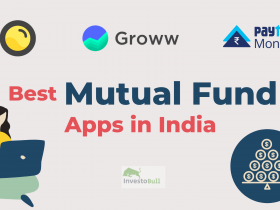

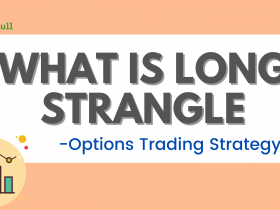



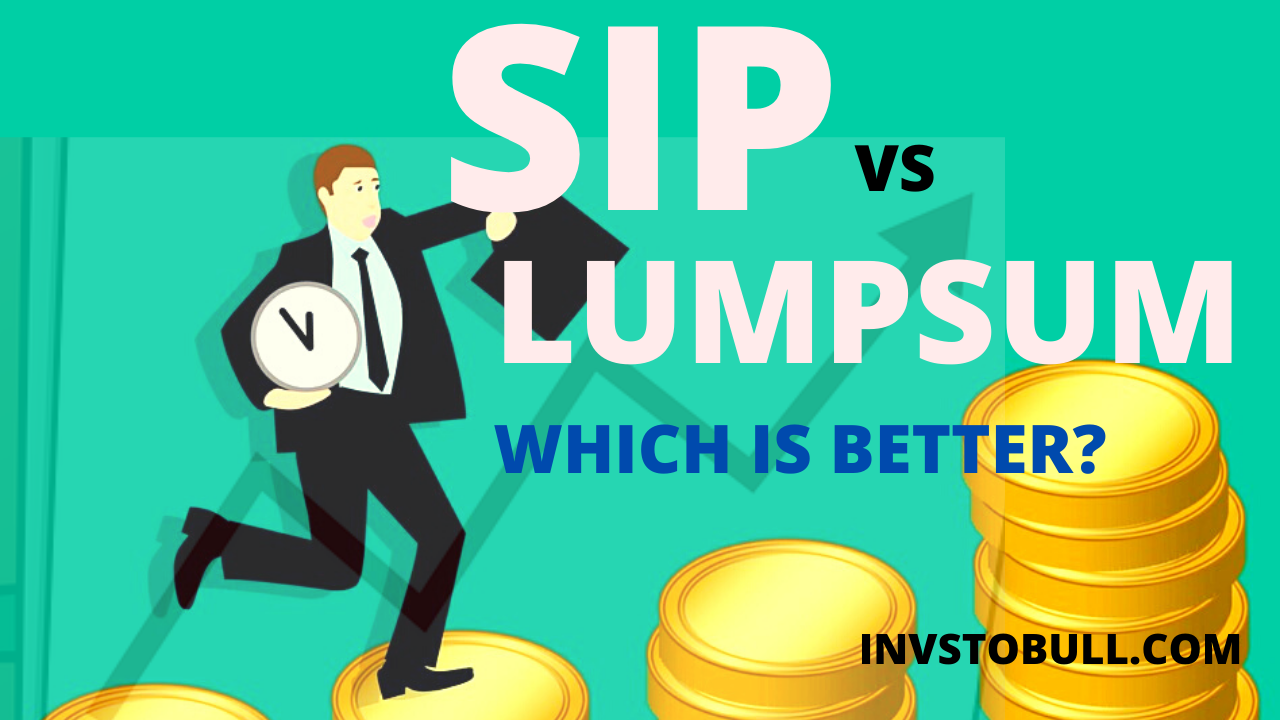
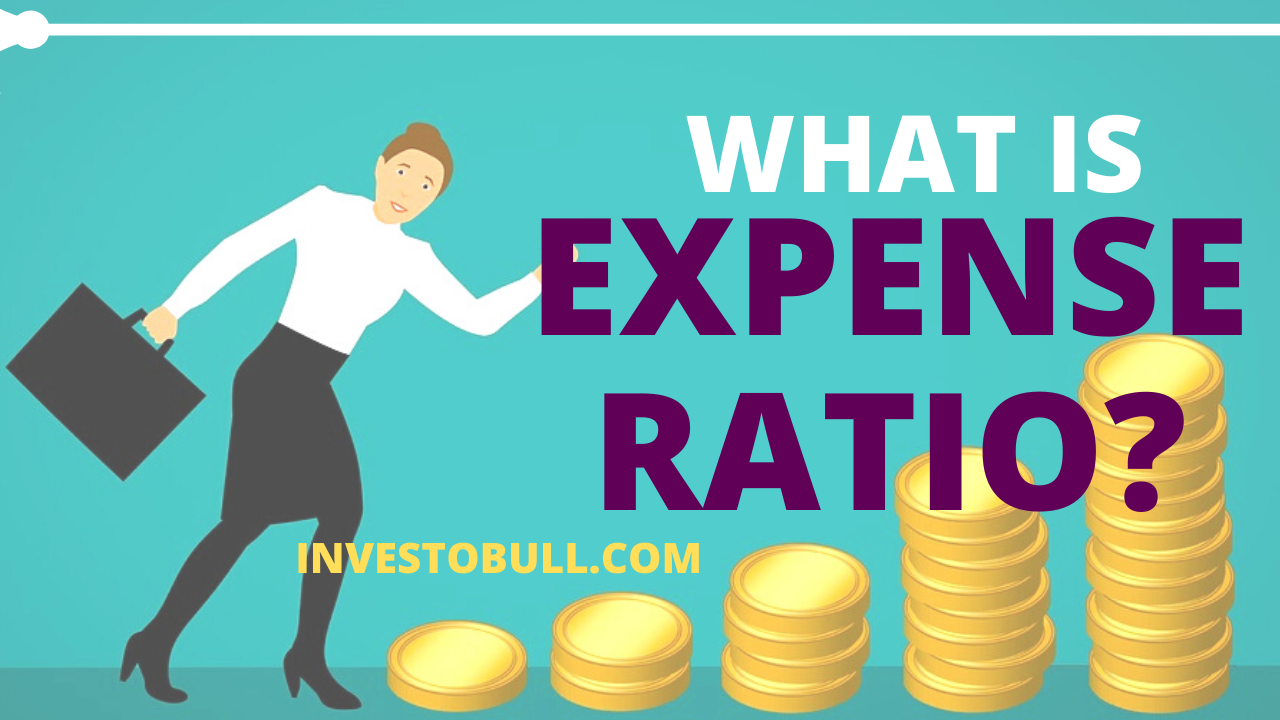





Leave a Reply